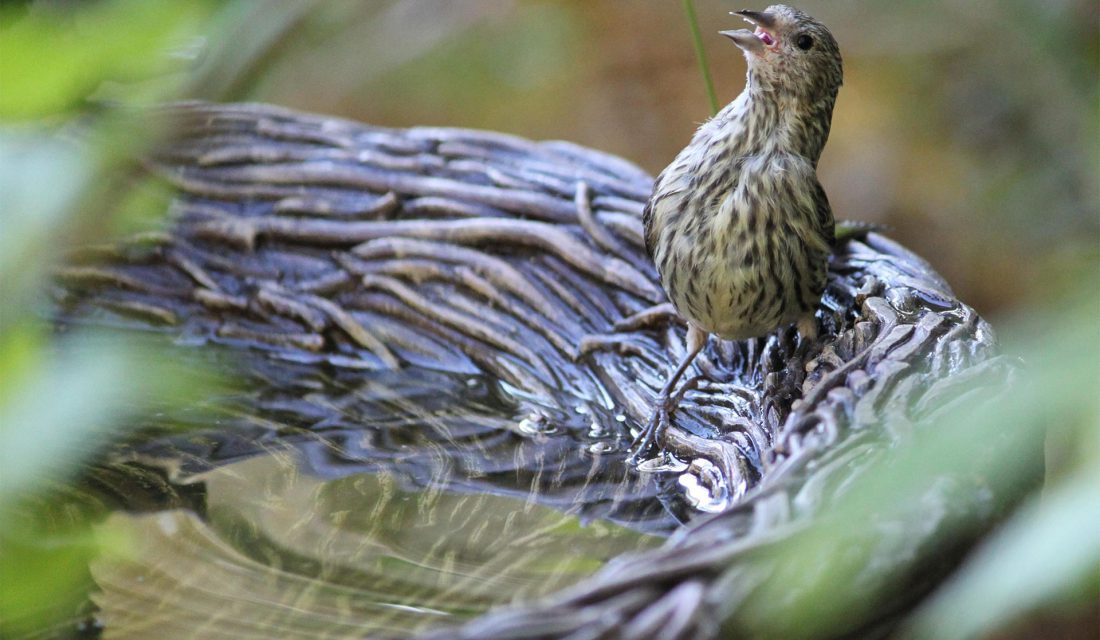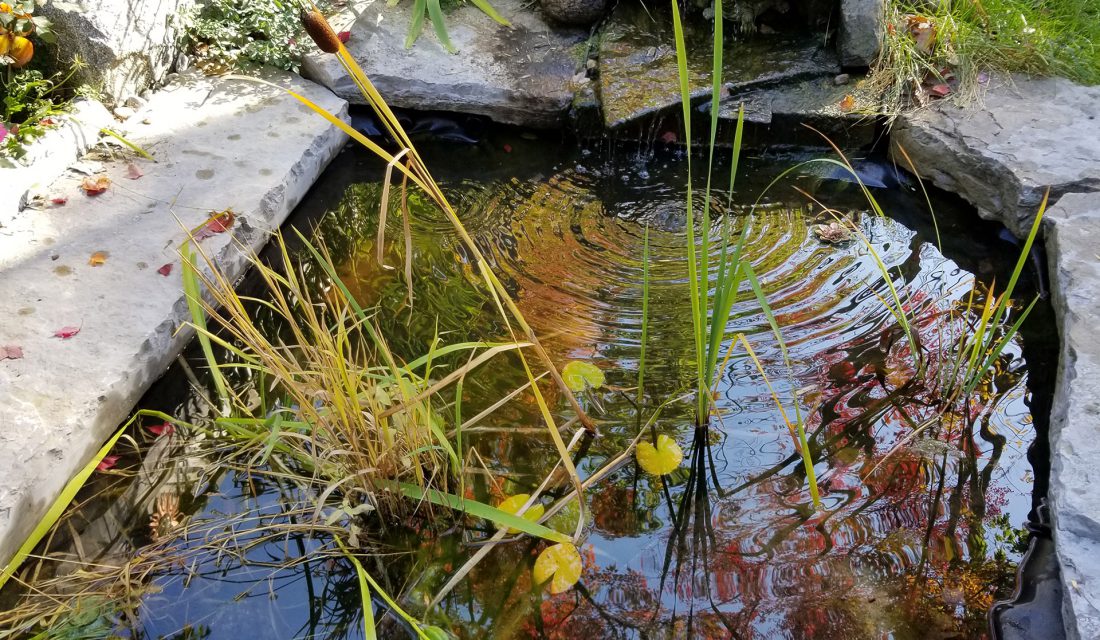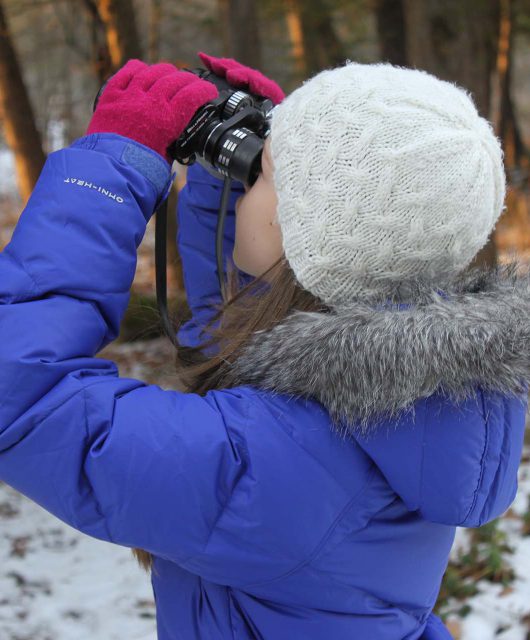Who doesn’t love basking in the hot summer sun?
Our wildlife friends also appreciate the warmer weather – you’re likely seeing plenty of birds in your backyard and spotting butterflies floating around your garden. But what if you couldn’t escape into an air-conditioned building or cool down with a glass of water?
Wildlife also need to stay hydrated and sheltered in summer, especially during a heat wave. And with climate change on the rise, our planet is only getting warmer. Indeed, the number of extremely hot days per year is expected to more than double in some parts of Canada over the next 30 years.
Here are a few ways you can help the wildlife in your backyard keep cool in a Canadian summer.
Keep Your Birdbath Safe, Clean and Refilled

Birds need water for drinking and bathing during the hot, dry summer months. You can help birds – and attract them to your yard – by regularly refilling and cleaning your birdbath. A birdbath should be refilled with fresh water every day or two and cleaned two to three times per week.
Make sure your birdbath is shallow with a gentle slope so that birds can safely wade into the water. A traditional concrete birdbath may be too deep, and a glazed birdbath may be too slippery and difficult to clean. Consider placing your birdbath in the shade to keep water cool, as well as near trees or branches so birds can preen and easily access shelter.
Provide Fresh Water

Birds aren’t the only wildlife that need water, especially in a heat wave. Just about any water source in your yard will be used by animals, but ponds are especially popular. Make sure your pond has shallow edges so that wildlife can safely exit should they need to.
No pond? No worries! You can help provide water for wildlife by leaving small, shallow dishes with fresh water around your property. You can purchase water dishes at gardening centres or just use a shallow bowl from home. Make sure the dishes aren’t too deep so that small species don’t drown. It’s best to place sticks or small stones in each dish so that small species, such as bees and other insects, have a safe spot to perch and drink.
Place water dishes within view so that you remember to clean and refill them. And to appreciate the wildlife that stops for a drink!
Keep Your Garden Thriving

You can help the plants in your garden by using mulch to retain moisture. Light natural mulch, such as fallen leaves or finely shredded undyed wood shavings, can also help many insects. And it provides shelter and foraging spaces for other animals, including salamanders.
You can even enhance the look and function of your garden by adding water features, such as a recirculating stream. Finally, keep in mind that water isn’t just for drinking! You can provide butterflies with essential nutrients by adding a mud puddle to your yard – we teach you how here.
Provide Shelter

Cold-blooded animals, such as turtles, toads and frogs, need shade to regulate their body temperature. Warm-blooded animals also need shelter to escape the sun and avoid heat stress. You can provide essential shade and shelter for wildlife by planting or maintaining vegetation in your yard.
Ideally, you should only plant vegetation native to your region. A variety of animal species can hide from the sun in shrubs, tall grass and trees – and don’t forget about rock piles and brush piles. Not only does providing shelter help wildlife keep cool, it also prevents them from potentially seeking shade inside your home!
As a bonus, many shaded, sheltered spots also provide other benefits for wildlife. Vegetation is an important food source for many species and offers nesting places for birds and other animals. And tall grass or unmown patches of lawn provide essential habitat for our declining pollinator populations.





9 comments
We have Trich parasite in our finches (really in all our birds) here in Nova Scotia. The Nova Scotia Bird Society discourages any summer activity that congregates birds – including bird baths.
I looked it up online, and there are no reports of the parasite this year to date.
Thanks for the ideas about helping keep the birds cool. I’m going to pass them on to my son in the kootenays. Has a big backyard with lots of flowers and plants,stream,and pond.
I often see/hear you folks recommending the water-stations with stones, do any of you use them? If so, how do you keep the stones clean? They get slimy pretty quick in hot weather. I clean the basins with a brush-full of baking soda, but the stones are small, with little crevices. To individually clean each one with a toothbrush is labour-intensive. Any tips would be appreciated. Thanks.
Could we get more tips and ideas on how to be seriously helping ?
Thank you
Hi Alex, thank you so much for commenting and for caring so deeply for our wildlife. I must tell you that these suggestions – gardening, providing a bird bath, and more – may seem insignificant, but they help wildlife in such a huge way. If you want to take your commitment to helping wildlife a step further, you can certify your garden as wildlife-friendly through CWF. You may not be able to help all the wild species in Canada, but you can do so much for the species in your backyard – many of which are at risk! You can also encourage your neighbours, friends and family to do the same!
Apple cider vinegar is often used to keep flocks of chickens healthier. It has also been used in small swimming pools to keep them algae free. It takes very little, so it should be sustainable for a fish free birdbath. For swimming pools the quality if the apple cider vinegar isn’t as important, but for keeping birds as healthy as can be it matters. The vitamins and probiotics gained improves their gut flora and digestion in their crops. I don’t know how it would affect ponds with fish so I can’t say wether it would be harmful or beneficial there. Hope this helps.
Best of luck from the New Mexico desert where water is warm in the shade!